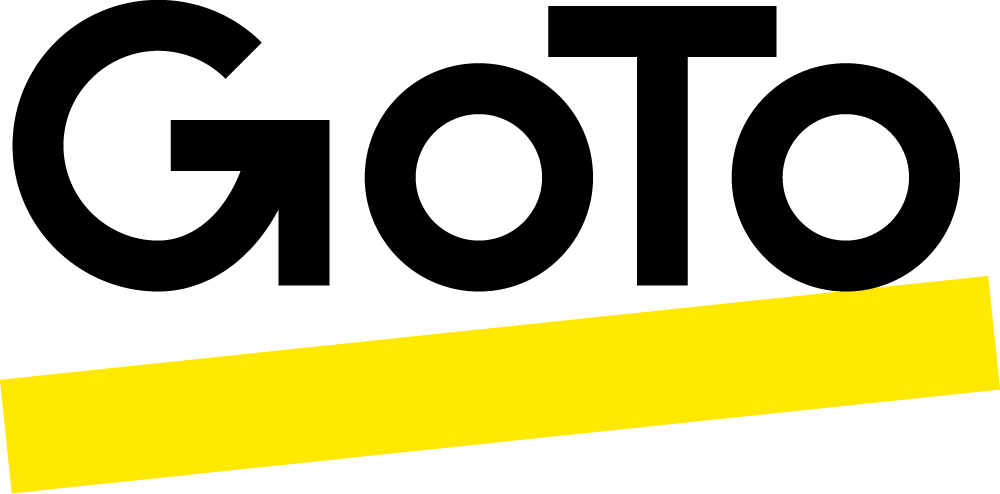Business chat, texting, or instant messaging, is a simple, convenient way to shoot short messages to your co-workers. Most people use it on a personal basis—in 2017, people will send an estimated 28.2 trillion texts—but it’s also picking up steam in business contexts. These days:
- 80 percent of people use some form of chat or messaging service for work.
- 95 to 98 percent of text messages are read immediately.
- Over one-third of professionals say they can’t go longer than 10 minutes before responding to a text.
The trick to business chat is to remember that chatting someone is like walking into their office and striking up a conversation. The rules governing business chat are very different from those you’d follow when sending an email or making a phone call. These 11 tips will help you use business chat effectively in a professional environment.
1. Keep it quick and to the point.
You can’t ramble on for paragraphs. The subject of your chat should be simple. If there are several issues involved, or multiple questions you need answered, then chat isn’t for you. In that case, you ought to escalate your issue to an email or phone call.
2. Start with a polite greeting.
Before coming into someone’s office, you’d knock first. The same principle applies to chat. Knock first by way of a short greeting like: “Hi, John. Got a minute?” If necessary, be sure to introduce yourself: “Hi Margie, this is Frank from Marketing.” And always ask if now’s a good time, or if they have a minute to chat.
3. Respect offline or out-of-office status.
Don’t use chat as a way to bypass an out-of-office email notice. If someone is unavailable, or it’s after their typical office hours, don’t chat them.
4. Use proper English.
Chat is famous for its abbreviations and lack of basic punctuation. However, business chat is different. The goal is to avoid confusion, which means you should use plain English, with no abbreviations and proper capitalization. Don’t shout at co-workers in all caps. And lose the emojis while you’re at it.
5. Break it up.
No one likes to wade through huge blocks of text. If your chat is going long, use line breaks. In this case, CTRL-ENTER (or SHIFT-ENTER for Mac users) is your friend.
6. Keep it work appropriate.
Don’t chat anything to a co-worker that you wouldn’t want him or her to read out loud or share with your boss. Chat is usually saved, so don’t spill confidential information. It’s also inappropriate to use chat to make last-minute changes to meeting times or to share bad news. If you’re changing a meeting time, use both chat and email to cover your bases. For passing on bad news, pick up a phone, or deliver it face-to-face.
7. Respond promptly.
You can get away with waiting 24 hours to respond to an email. If you’re responding to a text, don’t take longer than a half hour. Even that long is an eternity in the chat-universe. If you’re the one who sent the chat, give the other person a chance to respond. And don’t add more to your initial chat if you see the other person is already typing a reply.
8. Communicate deadlines.
When you’re requesting help from someone on a project, make sure they’re up to speed on any timeframe or deadlines you have.
9. Save the humor for later.
Contrary to common belief, business chat isn’t the place for jokes, even if you know the other person really well. It’s too easy to misinterpret a badly phrased chat, or to simply take something the wrong way. On the other hand, if you’re on the receiving end of what looks like an insulting chat, withhold judgement. Don’t take offense right away. Give the other person the chance to clarify what they wrote.
10. Switch off the chat-ringtone on your device.
Don’t be that person whose phone or laptop constantly chimes every time they receive a message via chat. Whether you’re sitting at your desk or in a meeting, it’s needlessly disruptive.
11. Say goodbye.
Don’t just close the chat window or stop responding. Sign off with a simple: “Got it!,” “Thank you,” or even “Cheers.”
Clear internal communications, like business chat, enables easy collaboration and more efficient execution on priorities. And for circumstances that require other communication methods, a unified communications solution has you covered. Check out GoTo Connect for your all-in-one phone, meeting, and messaging needs.





